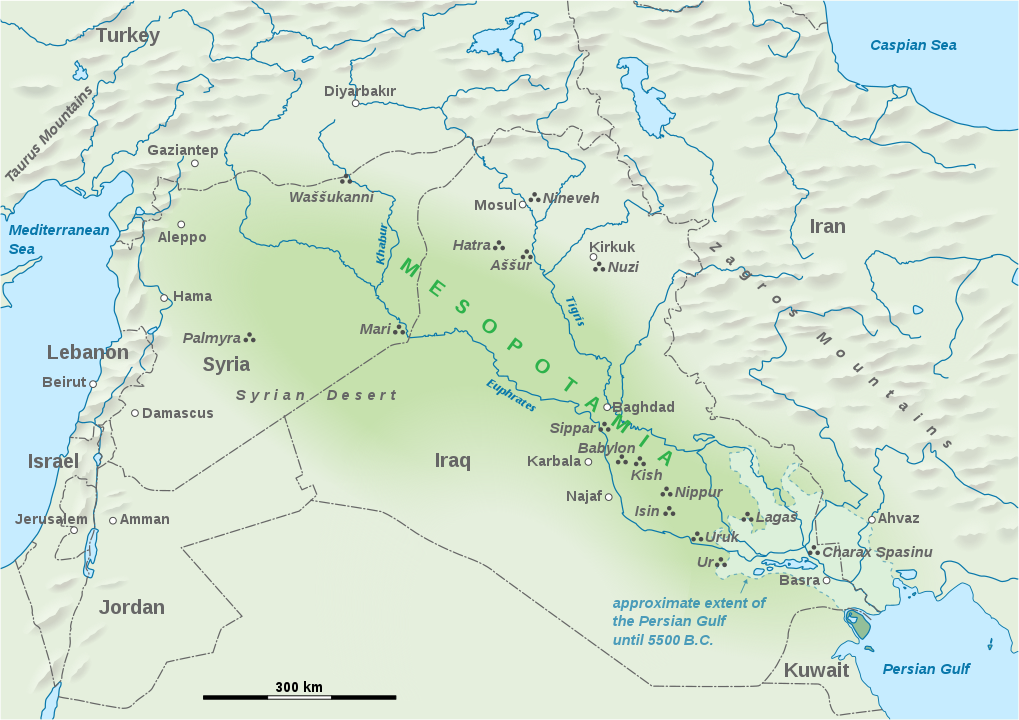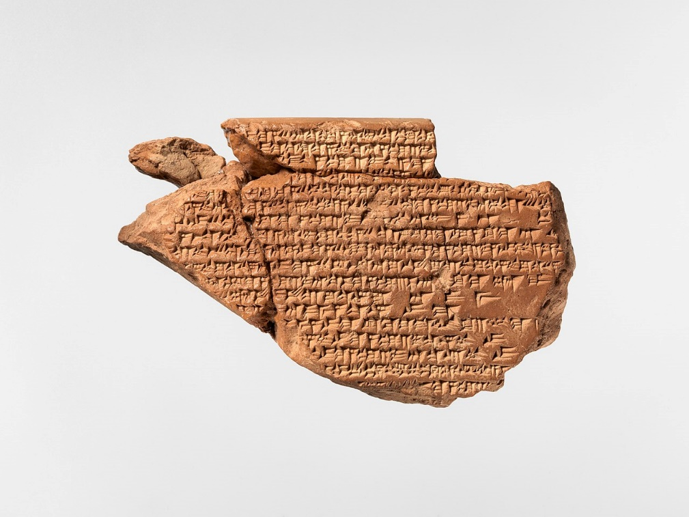- About MAA
- Membership
- MAA Publications
- Periodicals
- Blogs
- MAA Book Series
- MAA Press (an imprint of the AMS)
- MAA Notes
- MAA Reviews
- Mathematical Communication
- Information for Libraries
- Author Resources
- Advertise with MAA
- Meetings
- Competitions
- Programs
- Communities
- MAA Sections
- SIGMAA
- MAA Connect
- Students
- MAA Awards
- Awards Booklets
- Writing Awards
- Teaching Awards
- Service Awards
- Research Awards
- Lecture Awards
- Putnam Competition Individual and Team Winners
- D. E. Shaw Group AMC 8 Awards & Certificates
- Maryam Mirzakhani AMC 10 A Awards & Certificates
- Two Sigma AMC 10 B Awards & Certificates
- Jane Street AMC 12 A Awards & Certificates
- Akamai AMC 12 B Awards & Certificates
- High School Teachers
- News
You are here
Teaching and Learning the Trigonometric Functions through Their Origins: Episode 1 – Babylonian Astronomy and Sexagesimal Numeration
Our series of curricular units based on primary sources begins near the start of recorded history, the early centuries of the second millennium BCE in Old Babylonia. (A link to a pdf copy of the curricular unit itself appears toward the bottom of this page.) The term ‘Babylonia’ is used by historians and archaeologists to refer to that region of the world which is now part of present-day Iraq and whose most prominent cultural center was the ancient city of Babylon. The map pictured below shows modern cities and country boundaries superimposed on locations of the most important ancient Mesopotamian sites, including those of the Old Babylonian period. These are concentrated in Lower Mesopotamia, where the Tigris and Euphrates Rivers empty into the northern end of the Persian Gulf. (The map shows modern place names in roman type with cities marked as white dots, whereas ancient place names—all just ruins today—are in italic type with sites marked as a triangle of dots.)

Key sites of ancient Mesopotamia superimposed on a modern map.
Map created by Wikigraphist Goran tek-en, 28 January 2014, and licensed under the
Creative Commons Attribution-Share Alike 4.0 International license.
In the Old Babylonian era, the earliest known systematic astronomical records were made. Some of these are recorded in a collection of clay tablets known today as the Enuma Anu Enlil. One such tablet fragment is pictured here:

Cuneiform tablet containing commentary on Enuma Anu Enlil.
Metropolitan Museum of Art, donated to Wikimedia Commons and made available under the
Creative Commons CC0 1.0 Universal Public Domain Dedication license.
Exercising the natural tendencies of human beings to notice and make use of patterns they observe in the world around them, early astronomers recognized the circular motions of the stars and planets in the sky and began to use numbers to describe these motions. The curricular unit Babylonian Astronomy and Sexagesimal Numeration, the first episode in our walk through the history of trigonometry, describes how Old Babylonian astronomers gave us the sexagesimal system of measurement of angles and circular arcs now known as degree measure. Students are introduced to sexagesimal numeration through its similarities with the decimal numeration with which they are already familiar. They also learn how this vestige of ancient history continues to ring through modern life via its presence in angle measure, in the geometry of the circle, and in the measure of time.
The unit Babylonian Astronomy and Sexagesimal Numeration (pdf) is ready for student use. It is meant to be completed in one 75-minute classroom period, plus time in advance for students to do some initial reading and time afterwards for them to write up their solutions to the tasks. This particular unit is unusual in that it does not include any primary source text. Instructors who wish to expose students to a primary source connected with the sexagesimal numeration system are encouraged to consider using the Primary Source Project Babylonian Numeration by Dominic Klyve, also from the TRIUMPHS collection. A brief set of instructor notes offering additional background and practical advice for the use of these materials in the classroom is appended at the end of the student version of these projects.
This unit is the first in the Convergence series Teaching and Learning the Trigonometric Functions through Their Origins. Although these classroom projects are posted here as parts of a series, each episode can also stand alone. Readers who want to see the entire Primary Source Project (PSP) from which these units are drawn can obtain that PSP, A Genetic Context for Understanding the Trigonometric Functions, without waiting for future installments to appear, from the website of the NSF-funded project TRansforming Instruction in Undergraduate Mathematics via Primary Historical Sources (TRIUMPHS). The LaTeX source code of all TRIUMPHS projects, including the units to appear in this series, are available from the project authors by request.
Daniel E. Otero (Xavier University), "Teaching and Learning the Trigonometric Functions through Their Origins: Episode 1 – Babylonian Astronomy and Sexagesimal Numeration," Convergence (March 2020)




